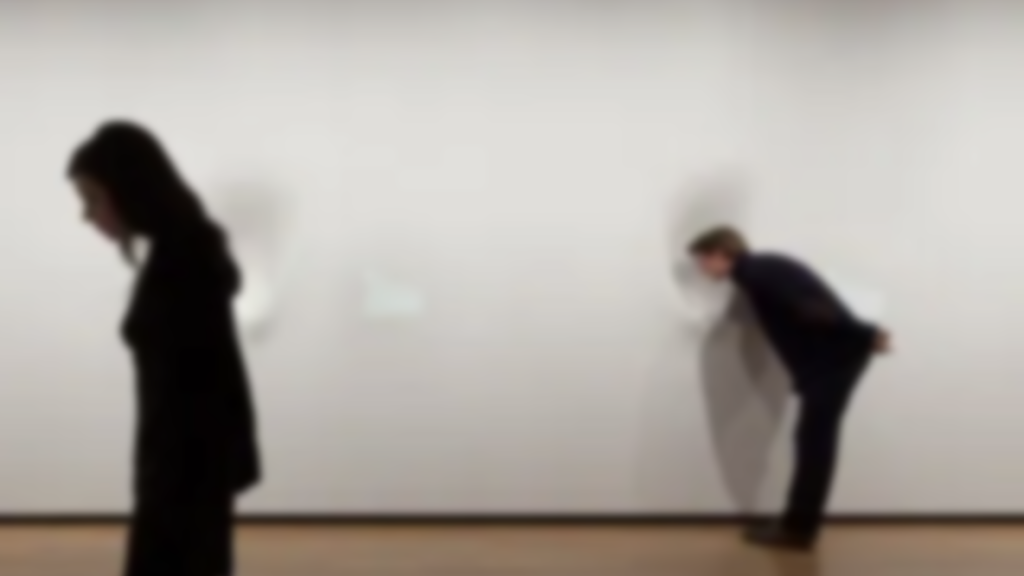
The project seeks to understand the relationship between the presence of an odor and behaviors of aggregation in urban space. Smell plays a central role in our sensory experience of the world around us even though we often do not register the sensory inputs from our olfaction. The central question grounding the project concerns if and how the presence of particular aroma chemicals influences spatial navigation in a spatial environment. If it is the case that odor influences our experience of space, I ask: how can olfaction be leveraged to make decisions about the design of urban spaces? To test these questions, I designed two separate trials: one open and another blind. The first was intended to measure the relationship between participants and three separate aroma chemicals that I set into small candles. Using image tracking, I counted the number of impressions (or visits) to a particular candle and asked the participants to write down a scent memory that it evokes. The aroma chemical ethyl maltol showed the highest amount of impressions and most evocations of scent memories. I then created a ‘master’ candle using a large dose of ethyl maltol and incorporated other scent molecules to create a sweet, lavender-cedar scent. For the second, blind, experiment I installed the candle at one of the three study tables in the Urban Planning lounge. I found that the table with the master candle had substantially more sustained interactions compared with the control tables.
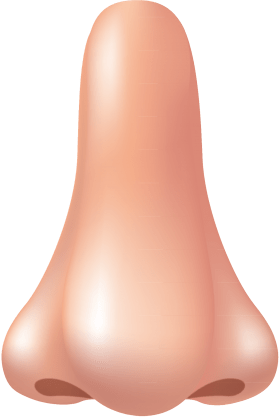
Technologies
To measure spatial aggregation in both stages of my trial I used two primary methods. First I recorded video footage on an iPhone to capture the locations of individuals in the room. I attempted to use Yolov8 to count the number of individuals entering the field of a particular scent, but I found that it was challenging to omit people passing through the screen or sitting at another table but occasionally oscillating between camera zones. I resorted to manually counting the number of individuals in the footage and found that the results were quite different compared to using Yolov8.
I also used an HC-SR04 ultrasonic sensor to measure close interactions with the scent source, and used an Arduino script to measure when objects enter within a 50 cm range from the scent source (I have included the code in the Appendix). Once I charted the sensor output in the form of a column chart, it became clear at what points a person came into close contact with the scent source (see Figure 2).
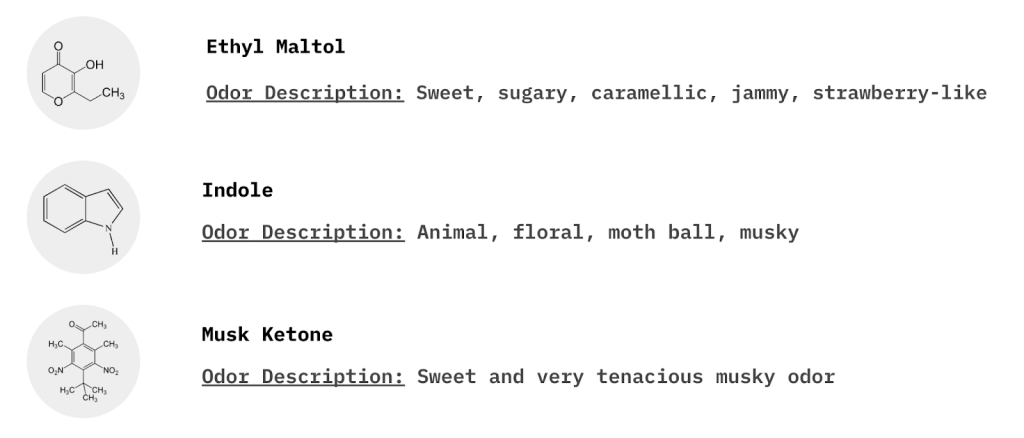
Figure 1. The three aroma chemicals used in phase 1 of the scent trial.
Finally, I used soy wax to create the candles in both phases of the trial. To create the candles, I melted the soy wax and allowed it to cool before mixing in the specific aroma chemicals (See Figure 1 for a description of the aroma chemicals).
Site
I installed the first phase of the trial in one of the architecture seminar rooms in Avery Hall, and recruited the members of another class of mine, Nervous Systems, to participate in the trial. To control unwanted airflows, I closed all the windows and doors in the room. For the second phase of the trial, I installed the master candle in the Urban Planning lounge, specifically at the center table (which is surrounded by two other study tables). I selected this site for the final intervention due to the high flow of students entering and exiting the lounge together with the consideration that many students use these tables to socialize and do coursework.
Methodologies
The methodological structure of the scent trial has two main elements, which are divided into two phases. The first phase involved creating three candles with different aroma chemicals: ethyl maltol, indole, and musk ketone. These aroma chemicals represent three distinct odor families: (1) sweet/jammy, (2) animalic/woody, and (3) musky. I arranged the three candles across a long table and invited the participants to follow a set of instructions:
- Take 5 minutes to notice the odors emanating from the returning to those that pique your interest.
- Place a sticker next to the candle with the smell that elicits the strongest odor memory.
- Briefly describe the odor memory on a post-it note and stick it to the wall behind the corresponding candle.
I then used iPhone footage to count the number of impressions at each candle. By impressions, I refer to someone approaching a candle to smell and investigate it. These are not unique visits, given the small number of participants.
The second phase of the trial involved installing a master candle in the urban planning lounge. This stage of the trial was blind in the sense that the people in the lounge were not explicitly informed about the presence of the candle or the location of the sensors (though there was a notice pinned by the scent source with more information about the trial.) I used iPhone footage to count the number of sustained interactions at the table with the candle. By sustained interactions, I count the number of people who stay at each table for more than 30 seconds.
Results
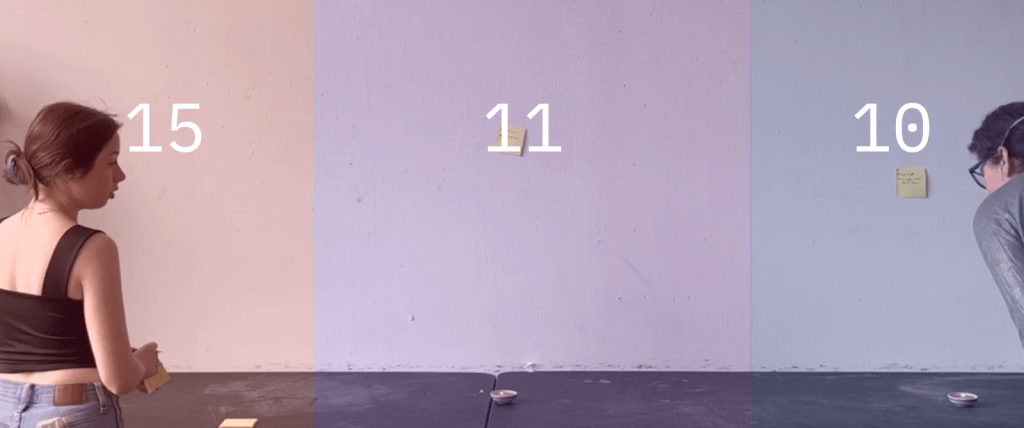
Figure 2. Number of impressions in phase 1 of the scent trial.
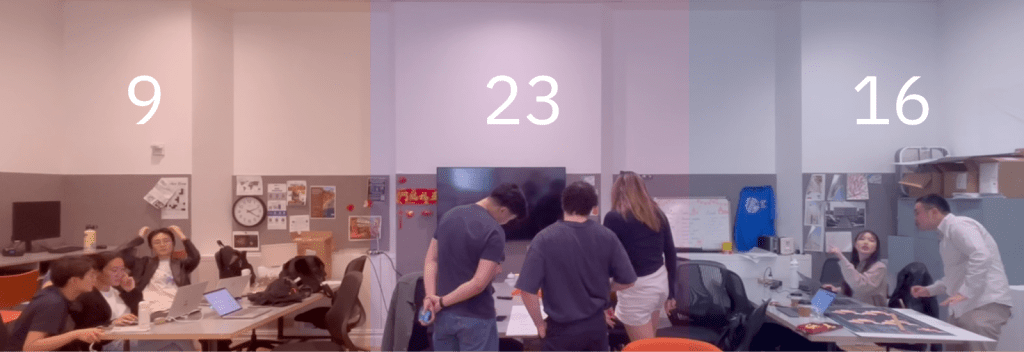
Figure 3. Number of sustained interactions in phase 2 of the scent trial.
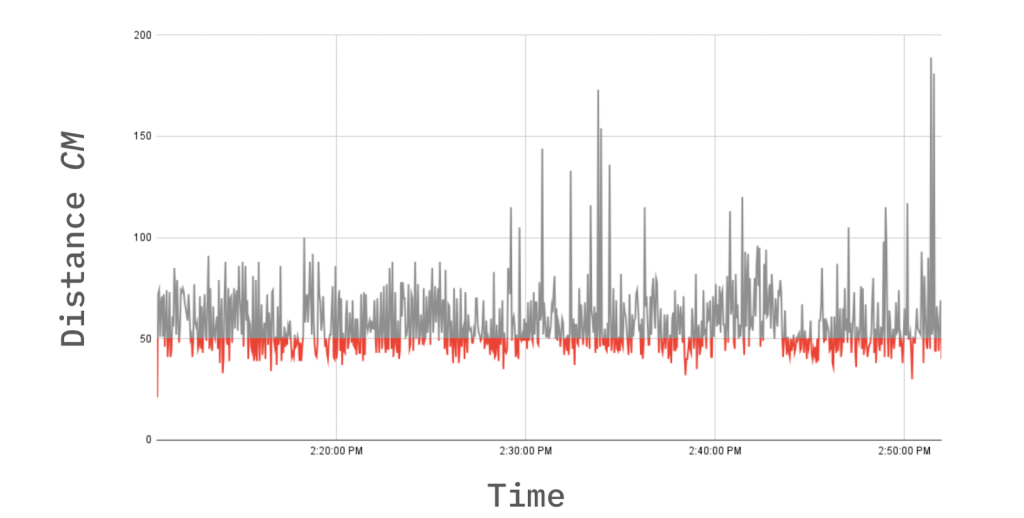
Figure 4. Ultrasonic sensor output over time. Red indicated objects within 50 cm of the sensor.
The first phase of the trial showed that ethyl maltol attracted the most impressions and elicited the strongest scent memories (see Figure 2.) The second phase of the trial saw a substantially larger number of sustained interactions at the table with the candle (see Figure 3). The first phase of the trial shows a collective affinity for ethyl maltol compared to the other aroma molecules. In the second phase, the presence of the candle suggests a relationship between the presence of a pleasant-smelling odor and the decision to sit at that particular table. Considering that the middle table attracted almost as many students as the other two tables combined, this correlation appears to be strong.
Lessons Learned
The strength of the results suggests that there is indeed a relationship between the presence of a pleasant smell and the aggregation of people in space. Future research might consider expanding the scope to investigate how more aroma chemicals influence aggregation. Larger scale trials might consider using computer vision to accurately record clustering behavior near an odor. One of my main limitations in using Yolov8 was figuring out how to exclude counting people who enter the frame but are not engaging in sustained interaction with the target zone. It may also be useful to integrate odor detection sensing into the trials to control for other aroma chemicals in the environment that could be influencing the behaviors of participants. For example, I found that the lounge had a strong smell of fish during the day of the trial because someone microwaved their leftover salmon.
Urban Interactions
Considering the significance of olfaction in our creation of memories, we can imagine ways to create urban interventions that leverage odor as a vehicle to create specific scent memories or mitigate negative impressions of a space. During this course, prof. Vanky suggested creating a scent for GSAPP, an idea that has, I believe, enormous potential for both place-making and improving the experience of navigating the physical environment at GSAPP. In the first case, dispersing a specific olfactory composition into a space will create implicit memories of GSAPP in the people who navigate Avery Hall. This will contribute to the multimodal sensory experience of navigating through GSAPP, reinforcing its identity through olfaction. In the second case, it can actively improve the daily experience of being in the building by potentially masking or elevating the smell of the spaces in which the scent is dispersed. We can apply this idea across urban spaces, from commercial spaces to restaurants, and even to public spaces like parks and plazas. The opportunities are endless.